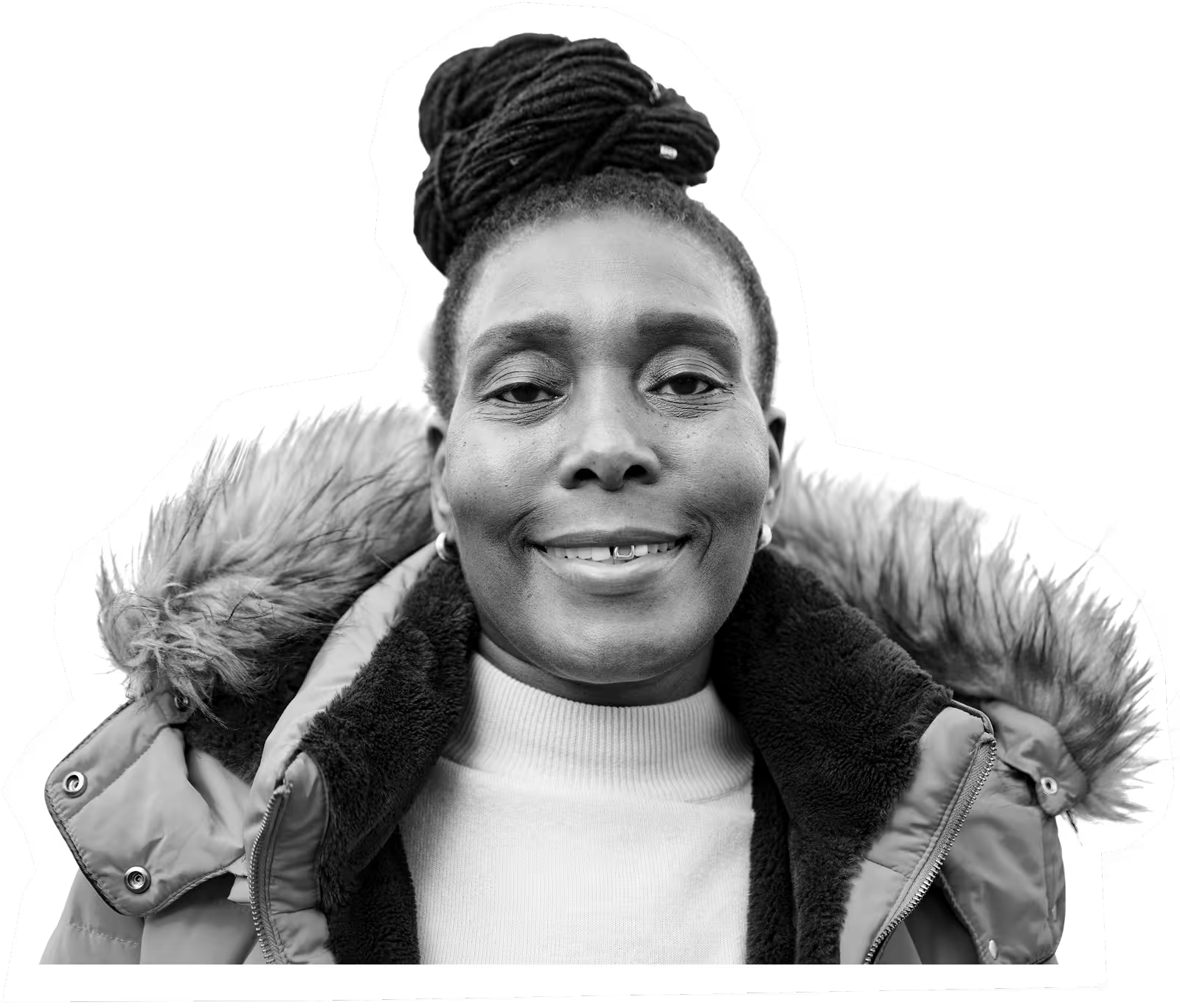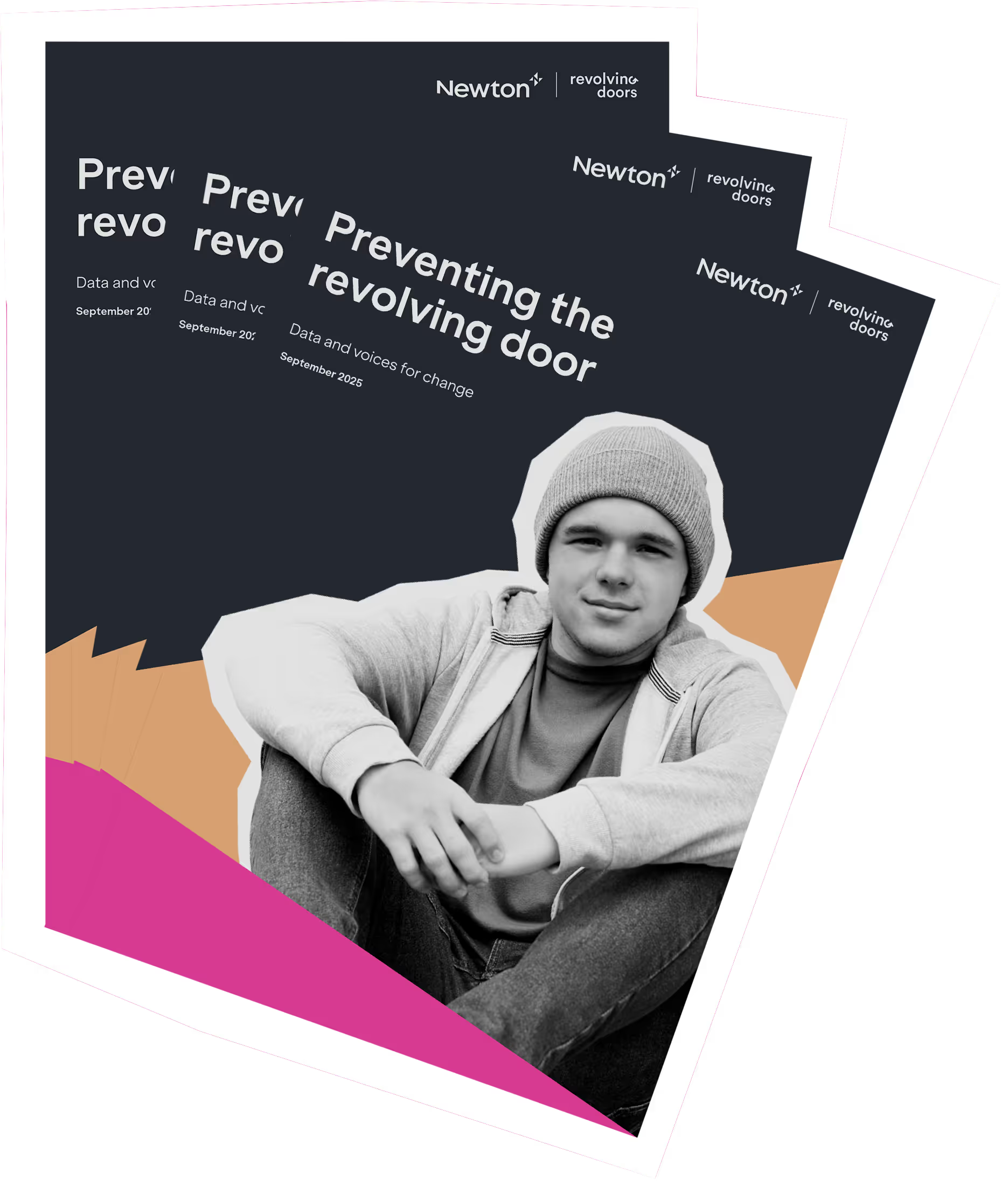Definitions
This page explains some of the key terms used in the report.


Definition of terms
To help readers understand the people, services, and data involved, making it easier to follow the research and the insights about the revolving door cohort.
The collective term for public bodies, (e.g. police, Crown Prosecution Service, courts, HM Prison Service and Probation Service), that work to uphold the law, act against people who commit crimes and protect the innocent.
Less favourable treatment based on a protected characteristic (age, gender, race, religion, sexual orientation etc).
Suspension, exclusion.
Homeless or risk of homeless, issues with property.
Sets of data that you can link together, typically using a person's name or identifier.
Diagnosed or undiagnosed mental health and behavioural issues.
Diagnosed or undiagnosed neurodivergent conditions (eg Dyslexia, ADHD, Autism).
Anonymous data (names removed and replaced).
Those who have repeat contact with the criminal justice system whose behaviours are largely driven by unmet health and social needs.
Data saturation is a term used in research to indicate the point at which sufficient data has been collected to draw necessary conclusions, and further data collection no longer yields new insights or information.
Highly organised and easily decipherable data (e.g. from a drop-down or a number).
Drug or alcohol misuse.
Artificial generated data that mimics what real-world data might show.
Abuse, safeguarding, exploitation, family dysfunction, neglect.
Risk factors that did not result in preventing crime.
Qualitative, more difficult to process data, but often more descriptive and nuanced (e.g. from case notes).
Useful links

Tackling persistent crime by addressing the root causes, not just the symptoms.

The revolving door of crisis and crime is one of the most persistent challenges facing public services.

A collaborative approach, where lived experience meets cutting-edge data analytics.
Read more about the research process, key findings, and expert recommendations.
